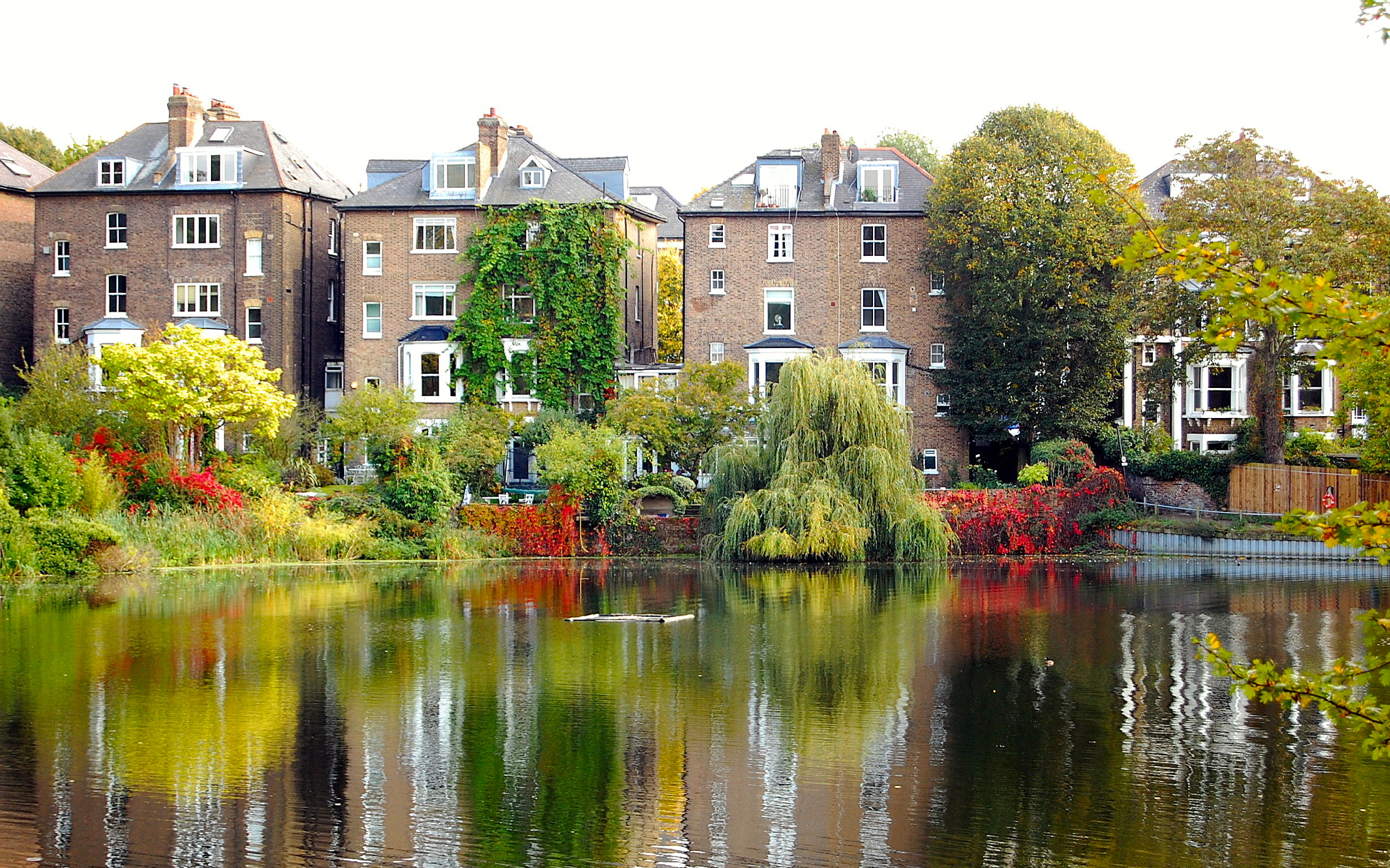
Roger and Me: An Almost Perfect London Walk
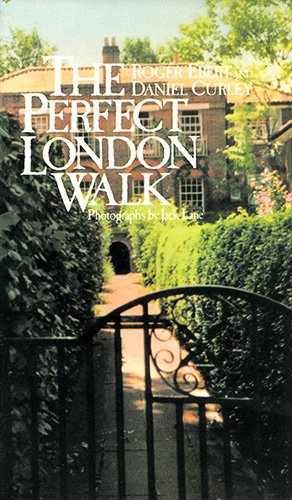
Roger Ebert’s death on April 4, 2013 has produced—for his vocation—a degree of sympathy and support that is perhaps unprecedented (since when have so many people been emotionally affected by the death of a film critic?). While some of this reaction is related to the Internet and the rise of social media (when Pauline Kael died in 2001, Facebook was three years away from its launch), one should not underestimate the personal connection Roger Ebert had with many of his readers and supporters—if you had the slightest interest in film, you knew who this person was. You may not have always agreed with his opinions and reviews, but it was impossible not to respect his effort to give each film a clear and honest appraisal. In looking back at history, I’d have to go back to Will Rogers to find an American writer who was better able to use a variety of media (today we’d call it convergence) in order to maintain high visibility and do it not to primarily serve his own career, but instead to promote causes and interests he thought were important. That puts Roger in a very select company.
Roger Ebert was at heart a newspaperman, a reporter in the best tradition of his fellow Sun-Times columnist Mike Royko. By accident or intent (I think much of this was in place before Roger ever got to Chicago), Roger followed Royko’s formula for success:
1) Write about what interests you, wherever that takes you.
2) Don’t show off—use smaller words when they work just as well as longer ones.
3) On the other hand, don’t play dumb, respect the intelligence of your reader to either know what you are saying or have the gumption to look up your reference and learn something.
Ebert’s writing aimed for clarity and simplicity, but it’s a mistake to think it was not learned; his reviews and articles over the years reflected an expertise about many topics and this knowledge would often add that extra touch that would elevate what he wrote from the ordinary to the special. And as someone who had been trained as a sports reporter and was interested in more than just movies, he loved doing work unrelated to his principal job as a film critic. In particular, in 1986 he cowrote a guidebook with his friend Daniel Curley titled: A Perfect London Walk.
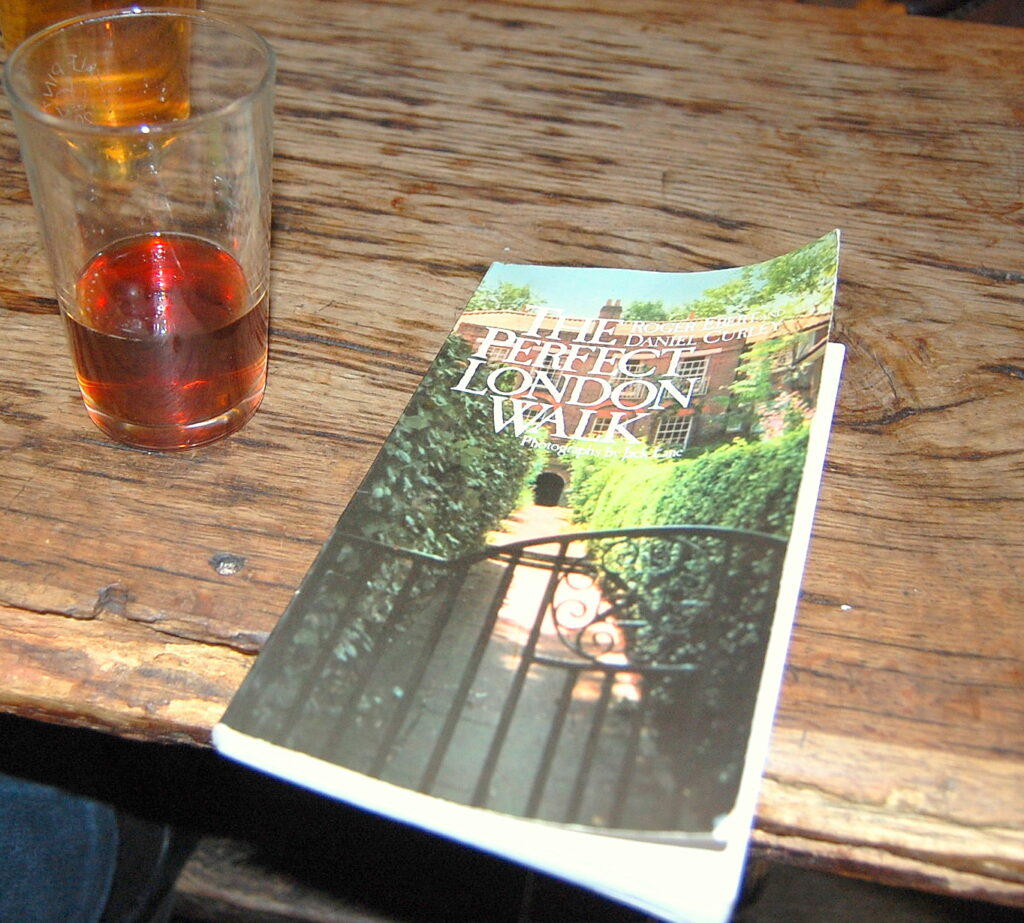
The book is many things but mostly concerns a walking tour in northern London starting west of Hampstead Heath and finishing near Highgate Cemetery. I found his book in a London bookstore and was immediately captured by its combination of wit and sense of purpose. The guidebook’s ability to connect literary references to real locations acts as a ‘literary buoy,’ if you will, allowing the reader to see, taste, and smell the location that inspired the poem or story, thus enjoying the author’s creation all the more. A Perfect London Walk then is much more than a guidebook, it is also a manifesto of Roger Ebert’s interests concerning a time and place in English history and how this place influenced its local writers. Although I had never met him, in reading this book and then reading more about him from other sources, I found we had much in common. Roger and Me—old friends, even though we had never met.
Roger was born and raised in Urbana, Illinois, only a few hours from my hometown. We grew up both huge science fiction fans, we both wrote for fanzines, we both worked for local newspapers in our hometowns, we both went to local colleges in our hometowns after high school. We both were readers and loved fiction, especially British literature. After graduating from the University of Illinois, Roger went on to Chicago, while I went to medical school at the University of Illinois at Urbana. From there, our paths deviated a bit, but there would always be these common connections and above all a love of movies.
Roger and Me. After his death, I have discovered there are a lot of Me’s out there. There is the Me of documentary filmmaker Michael Moore, who Roger championed in the late 1980s. There is the Me of Werner Herzog, a German director who Ebert praised and promoted, even when Herzog was having difficulty getting funding for his next film. There is the Me of thousands of readers who appreciated his frankness and passion in his writing and how he bravely kept reinventing his life. There are too many Me’s to list, but you know who you are.
A few years ago, I was in London and decided to repeat the walk and see how it had changed. Since by now Roger was ill, I resolved to send him a letter describing my walk. On this visit, I took photos to show how the walk had changed from the year it was documented in his book, but then, to reinforce how central the heath is to a certain chapter of British literature, and not be slavishly repetitious to what he had done, I came up with a new set of quotes from literary sources that had a connection to Hampstead Heath. A version of this ‘travel essay’ went out as a Christmas Greeting to Roger and Chaz the year of my revisit. Then I filed a copy of it away and moved on to other things.
This month, sad like everyone else at hearing the news of Roger’s passing, I thought about the Hampstead Heath and wondered if people were still using his guidebook. I checked Amazon.com and found the price of a used paperback of A Perfect London Walk going for $387.82 with one seller at more than a thousand dollars. I think it is safe to say this book needs an update and a reprint. The co-writer of this book, Daniel Curley (who was Roger Ebert’s professor at the University of Illinois) tragically died from a traffic accident in 1988, so there will be no simple way for this to happen.
With this in mind, I have adapted the text of my letter to Roger to make it accessible to readers who have never seen his guidebook but are still interested in what Roger accomplished, and who are also interested in how the Hampstead Heath ties into British literature and London history. In other words, I’m posting my own ‘travel essay’ as a thank you to Roger and in the hope of like-minded people reading this will become interested enough to include this walking tour on their next trip to England. Perhaps this account will then produce one more Me in already a long and loyal list of Roger and Me’s. So here is my letter, addressed to Roger, but really going out to those who know him or have in some way been made happier by what he has written or done.
Dear Roger Ebert,
I’m titling this letter, “An Almost Perfect London Walk.” The only thing that kept this walk from being perfect is that you and Chaz were not part of the trip. While on the walk, I talked to a local who informed me that he’s met plenty of people with the same idea—that is, they told him they would write to you after their day on the heath. For all I know you might get thirty of these a day. Maybe you have a form letter to respond to the exigency of responding to this particular fan letter. If so, please file this account in the ‘Roger Ebert’s Perfect London Walk Response Letter’ genre that you have unwittingly created, and I can only hope that because no two heath walks can be the same, no two heath walk letters can be the same.
On the morning of my walk, I start at Russell Square. While in London as a student, this park became my second home, and I always go back to it when I return. There are hundreds of squares and parks in London, but Russell Square has some quiet simplicity of function and use that calms my nerves and yet still gives me energy. For me, all London journeys somehow start from a park bench at the center of Russell Square.
I don’t remember where I bought your book, probably at Foleys, or one of the downtown London bookstores. I used it to take my original Hampstead Heath trip but since it has been more than two decades since your book was published, it’s going to be interesting to see what has changed and what has stayed the same since the 1980s.
Taking the Northern Line to Belsize Park, I pop out of the escalator and into daylight on Haverstock Hill.
Turning right, Kentucky Fried Chicken is still there, just as it was 20 years ago. Colonel Sanders greets us—he’s on a new sign, but his iconic smile of Southern hospitality is unchanged.
I almost miss the turn for Hampstead Green because of major building construction and renovation. Signs explain that St. Stephen’s Church is undergoing a major overhaul. The Royal Hospital also show signs of renovation, although the most interesting part of this walk are the signs on the security fences. “No to loss of 30 acute beds.” “Local Press Gagged and Gutless.” and “Save our NHS” are among the many Hyde Park-like banners of protest and dissension.
 Past the hospital is the street leading to Adolph Huxley’s home. Not having the time to dwell on Huxley, I turn the corner and walk up to the plaque commemorating George Orwell. I reflect on the thought the first two faces that have greeted me unchanged in twenty years on this walk are Colonel Sanders and George Orwell. I don’t know whether to shoot an elephant or ask for Extra Crispy.
Past the hospital is the street leading to Adolph Huxley’s home. Not having the time to dwell on Huxley, I turn the corner and walk up to the plaque commemorating George Orwell. I reflect on the thought the first two faces that have greeted me unchanged in twenty years on this walk are Colonel Sanders and George Orwell. I don’t know whether to shoot an elephant or ask for Extra Crispy.
The plaque commemorates the bookstore that Orwell worked in for two years, 1934-35. He would use the experience to write Keeping the Aspidistra Flying, a novel about a man working in a bookstore. It was about as upbeat as he was ever going to get, and those of you who like Orwell and bookstores, this is the one book I recommend of his that gives you some ray of hope for the human condition.
Passing the South End Road, I approach Keats Grove.
Having spent much time in Keat’s house on my first visit, on this trip it’s pleasant to just sit on the bench and savor the sunshine and flowers. This beautiful fall day seems an impossibly long way from his melancholy description of a garden from “Ode to a Nightingale” –
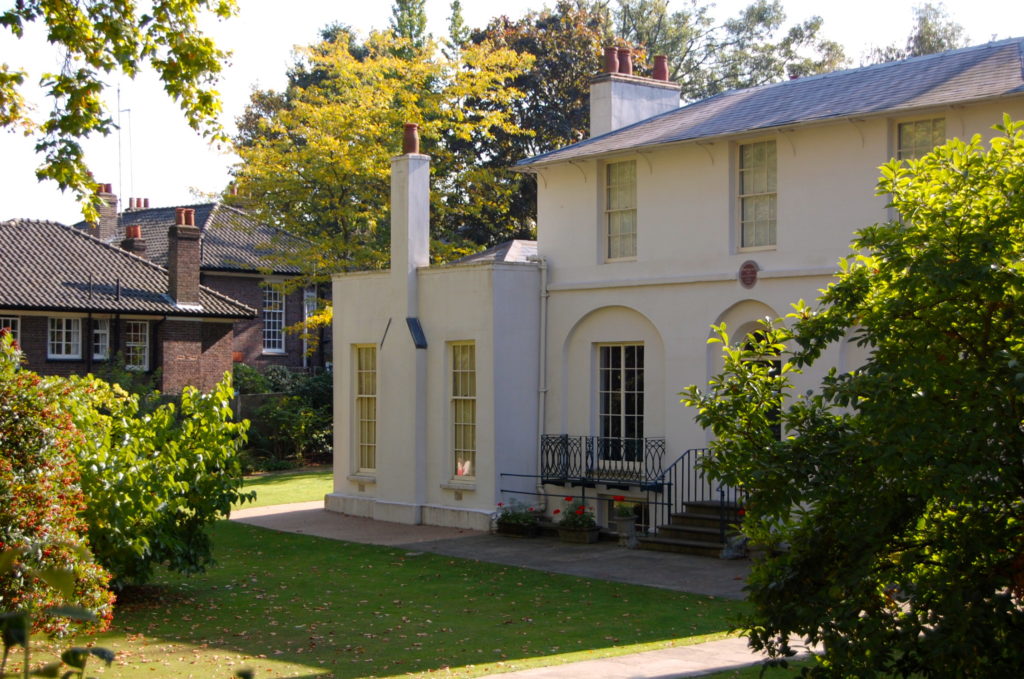
…I cannot see what flowers are at my feet,
Nor what soft incense hangs upon the boughs,
But, in embalmèd darkness, guess each sweet
Wherewith the seasonable month endows
The grass, the thicket, and the fruit-tree wild;
White hawthorn, and the pastoral eglantine;
Fast-fading violets cover’d up in leaves;
And mid-May’s eldest child,
The coming musk-rose, full of dewy wine,
The murmurous haunt of flies on summer eves…
Leaving Keat’s house, I discover Keats Pharmacy, no doubt empty of hemlock and dull opiate, but perhaps stocked with the latest antibiotics to fight tuberculosis.
The preliminary attractions are over, it’s time for the main event, the walk through Hampstead Heath-

Many other entrances to the Heath have portended dramatic adventures ahead-
“The moon was full and broad in the dark blue starless sky, and the broken ground of the heath looked wild enough in the mysterious light to be hundreds of miles away from the great city that lay beneath it. The idea of descending any sooner than I could help into the heat and gloom of London repelled me. The prospect of going to my bed in my airless chambers, and the prospect of gradual suffocation, seemed, in my present restless frame of mind and body, to be one and the same thing. I determined to stroll home in the purer air by the most roundabout way I could take; to follow the white winding paths across the lonely heath; and to approach London through its most open suburb by striking into the Finchley Road, and so getting back, in the cool of the new morning, by the western side of the Regent’s Park.”
Wilkie Collins, The Woman in White

At the entrance to the heath, there is a pond where children are feeding the ducks.
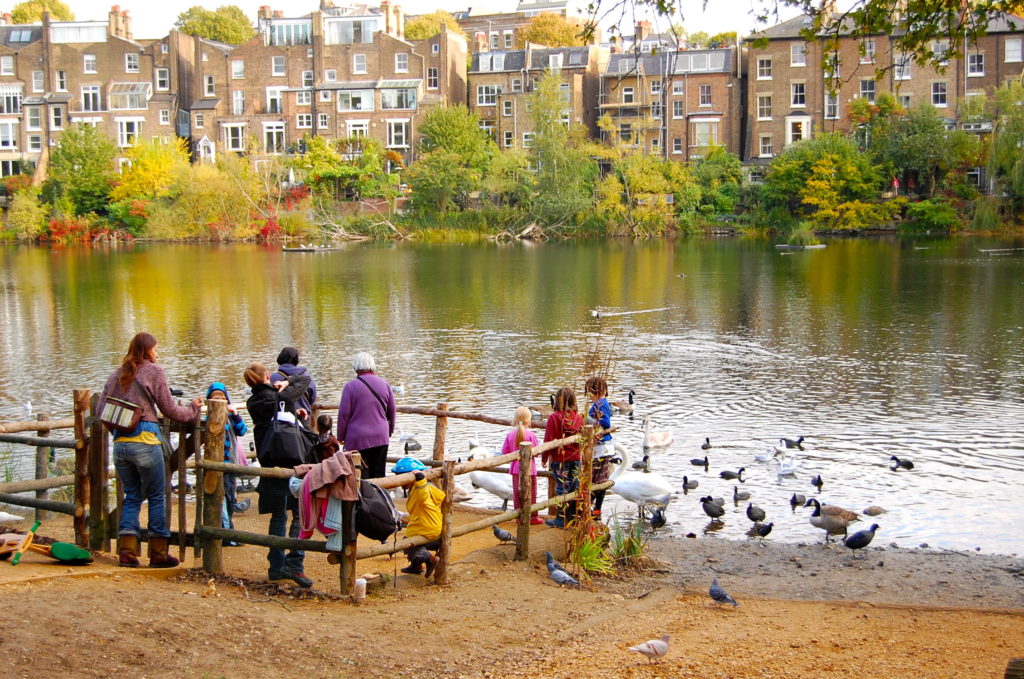
A few yards later, I arrive at the next pond, in time to see a dog leap in the water and in a fevered display of canine frenzy, charge after some goslings. The mother goose, looking like a giant condor with its outstretched wings, comes to their rescue. The dog, outsized, outmatched and outmaneuvered, beats a hasty and embarrassing retreat back to dry land.
Now we come to the ‘spookier’ part of the walk, at least described by Ian Nairn. Roger Ebert’s dedication to London’s history is illustrated by his interest in keeping this London newspaper columnist in print.
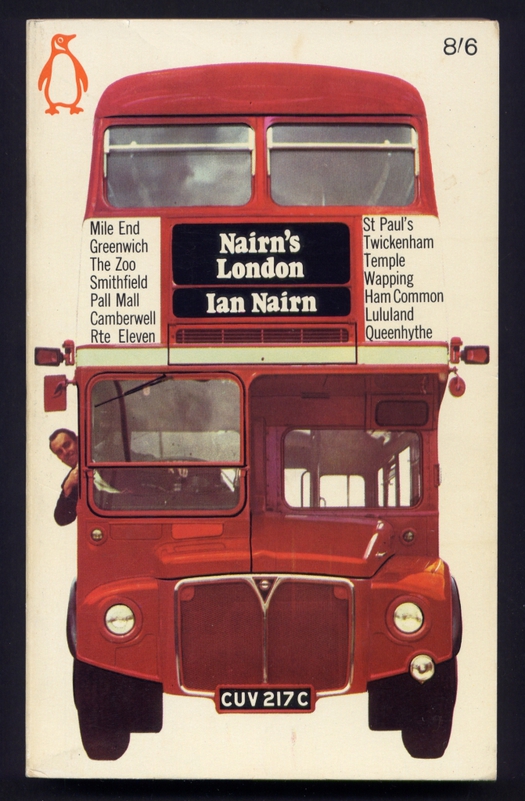
Here are Ian Nairn’s own words about the eerie quality of Hampstead Heath:
“Dead bodies are not infrequently found floating, or at the bottom; according to the police, corpses are not uncommon anywhere on the heath. So far I am glad not to have encountered one.”
And we have a newspaper clipping from Bram Stoker’s Dracula—
The Westminster Gazette, 25 September Extra Special
The Hampstead Horror–Another Child Injured
The “Bloofer Lady”
We have just received intelligence that another child, missed last night, was only discovered late in the morning under a furze bush at the Shooter’s Hill side of Hampstead Heath, which is perhaps, less frequented than the other parts. It has the same tiny wound in the throat as been noticed in other cases. It was terribly weak, and looked quite emaciated. It too, when partially restored, had the common story to tell of being lured away by the “bloofer lady.”
I look for the ‘leafy corridor’ of trees mentioned in your guidebook. It’s hard to be sure since all of these trees are magnificent collections of gnarled bark and knobby roots. They could be old whales, beached on the heath, showing their barnacles and scars. Maybe they are the last of the family of Ents, left over from Middle-Earth. Or maybe they are Hollywood ‘tree actors’ ancient relics from such films as The Wizard of Oz and Babes in Toyland, retired and put out to pasture, literally.
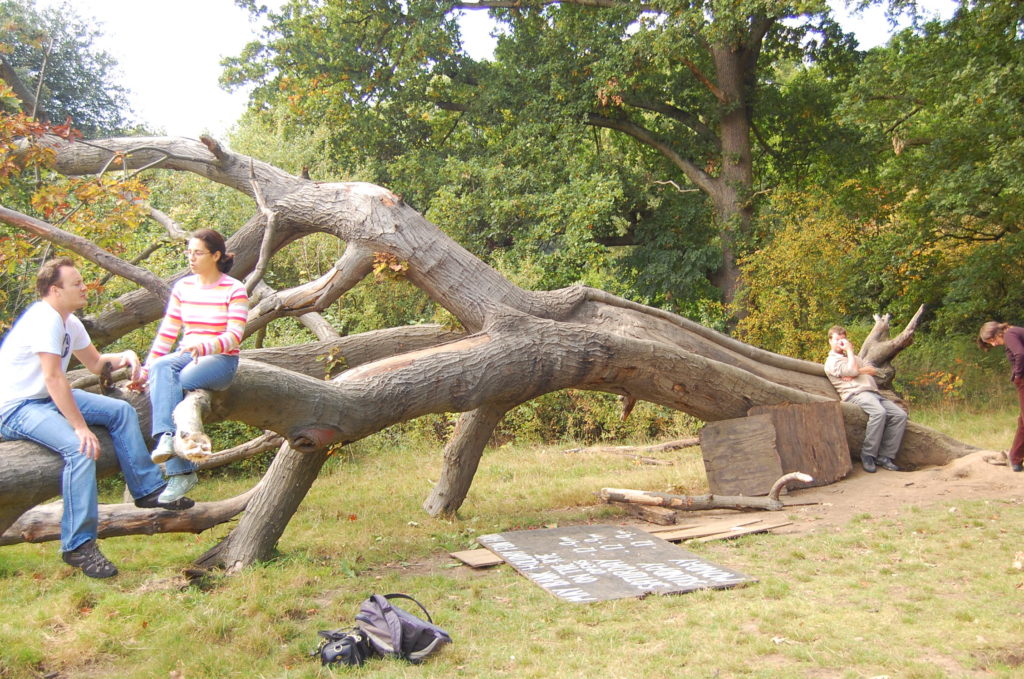
I come out of the grove and start my ascent to Parliament Hill. Along the way are scavengers with metal detectors, looking for lost rings and coins. There are worse ways to spend a Sunday afternoon, and you certainly get more exercise than by just fishing.
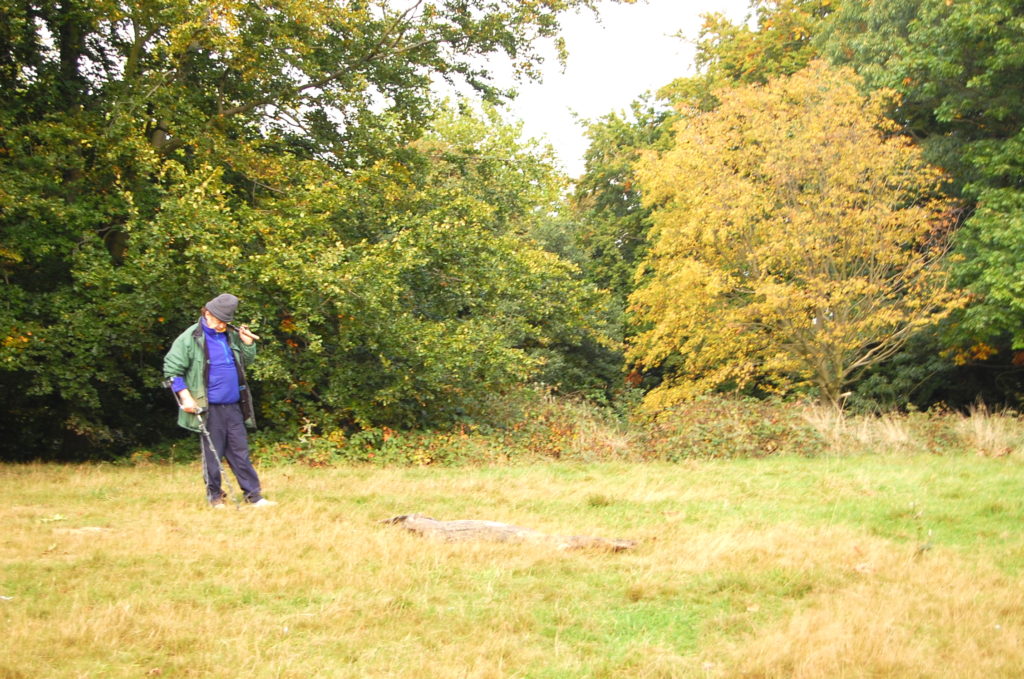
I arrive at Parliament Hill and try to pick out the famous buildings from the skyline.
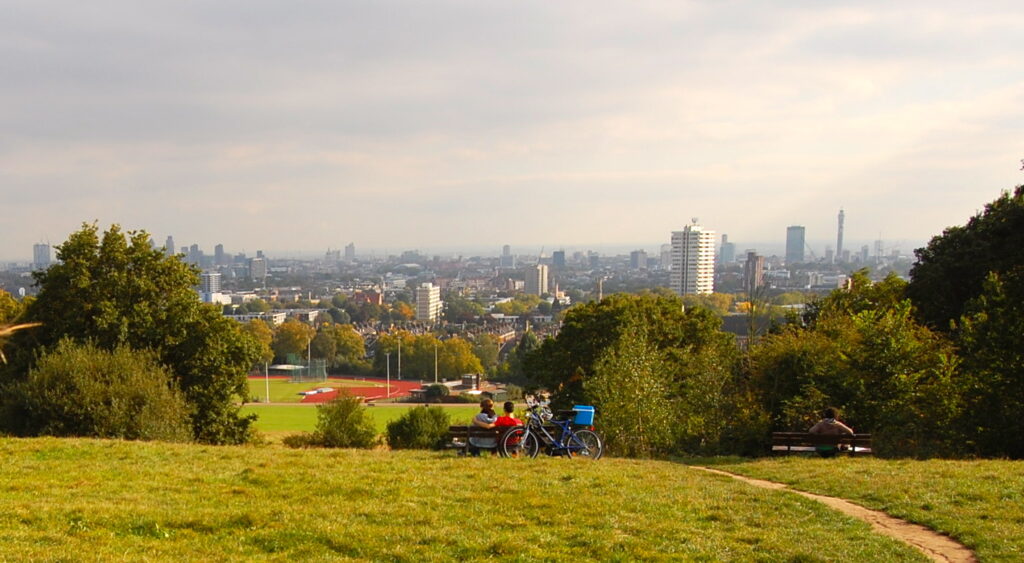
This hill, this heath … has been the spot for thousands of assignations, both real and in fiction, such as novelist George Gissing’s Eve’s Ransom–
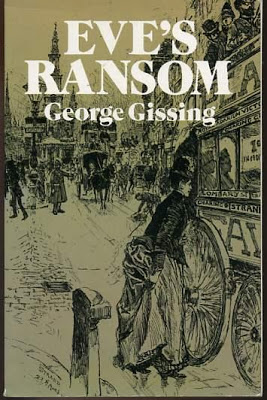
“You never go to the country?” he said, feeling unable to join her in her praise of London, though it was intelligible enough to him.
“I go now and then as far as Hampstead Heath,” Eve answered with a smile. “If it’s fine I shall be there next Sunday with Patty Ringrose.”
Hilliard grasped the opportunity. Would she permit him to meet her and Miss Ringrose at Hampstead? Without shadow of constraint or affectation, Eve replied that such a meeting would her give her pleasure: she mentioned place and time at which they might conveniently encounter.

I come to a grove of trees. Roger called this the tumulus and referred to it as the centerpiece of the walk. I completely agree; a certain calmness and comfort here reminds me of a wilder version of Russell Square. If the head of Hampstead Heath is Parliament Hill (the area that looks over the city in watchfulness and judgment) this section of oaks might be Hampstead Heath’s heart.
Surrounding the grove is a ring of benches. I can’t think of a better place in the world to read a book. A woman on a bench eyes me as I walk by.
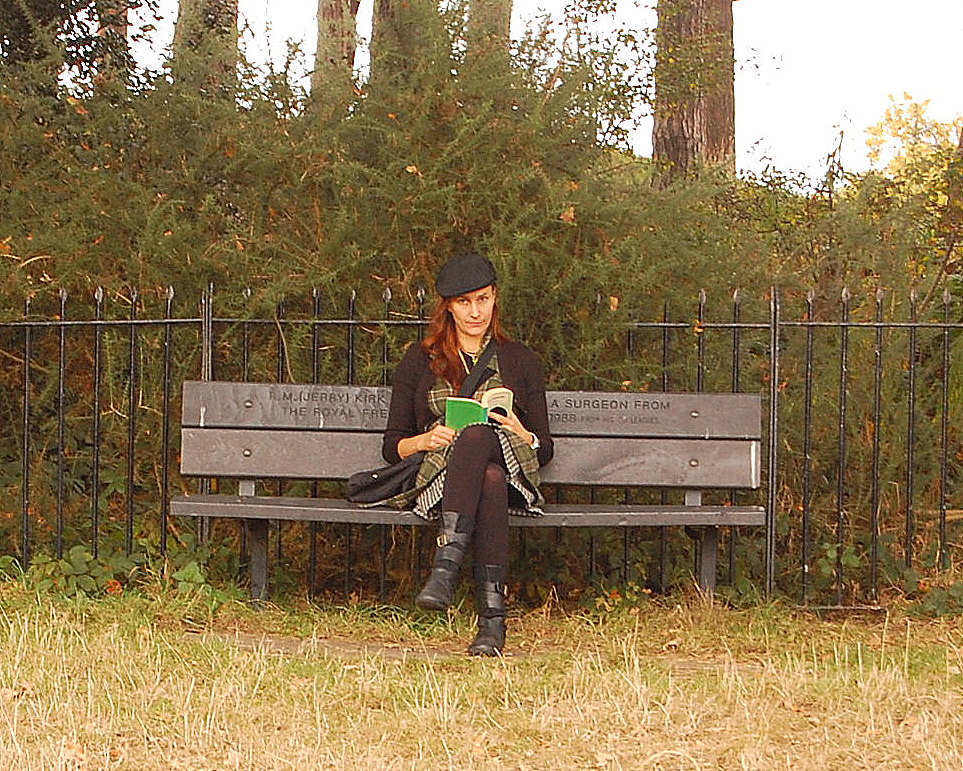
She has a green-and-white Penguin in her hands…you sense it’s something important—you wouldn’t come all the way out here just to read throwaway stuff. This is where you’d peruse Orwell’s Burmese Days, or catch up on your H. G. Wells … like his Kipps. I’ve always meant to read that book. Or something by Kipling, or D. H. Lawrence.
I have to come back to these oaks and start on my list of books I must read before all this is over…
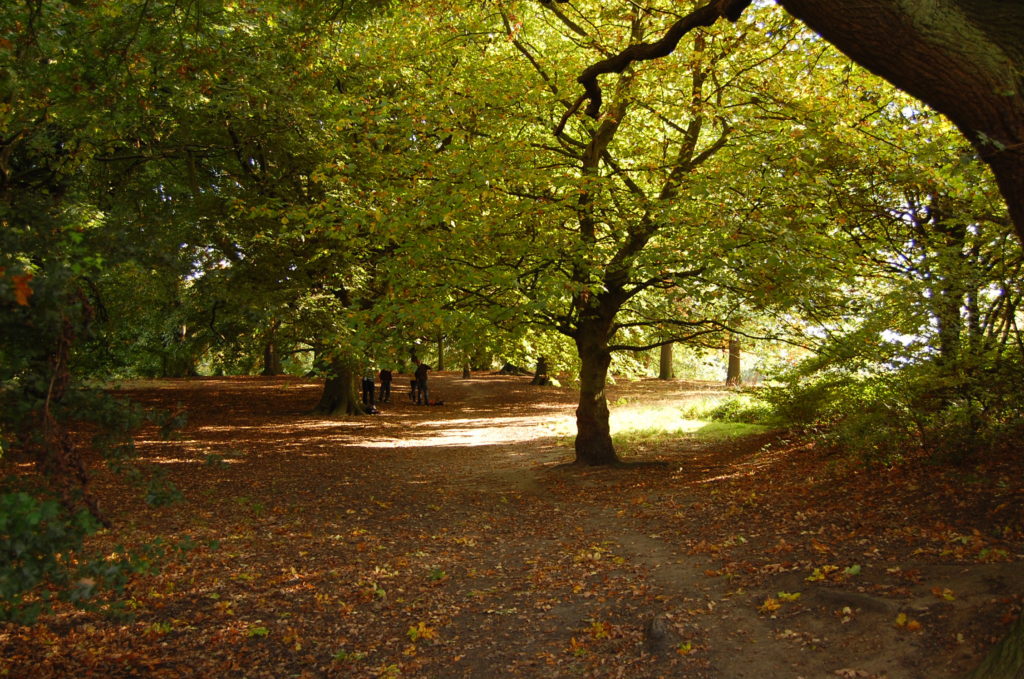 “Be warned the odds are excellent you will get lost.”
“Be warned the odds are excellent you will get lost.”
from Ebert and Curley, A Perfect London Walk
Exactly. This is where I lost Roger’s trail twenty years ago, and where I lose it again today. I pick out a man who appears to know where he’s going and meet J.E. Jarvis, a frequent walker and local expert on the heath. Jarvis is a historian with training in geology and happily gives me a personal tour of this section of the park.
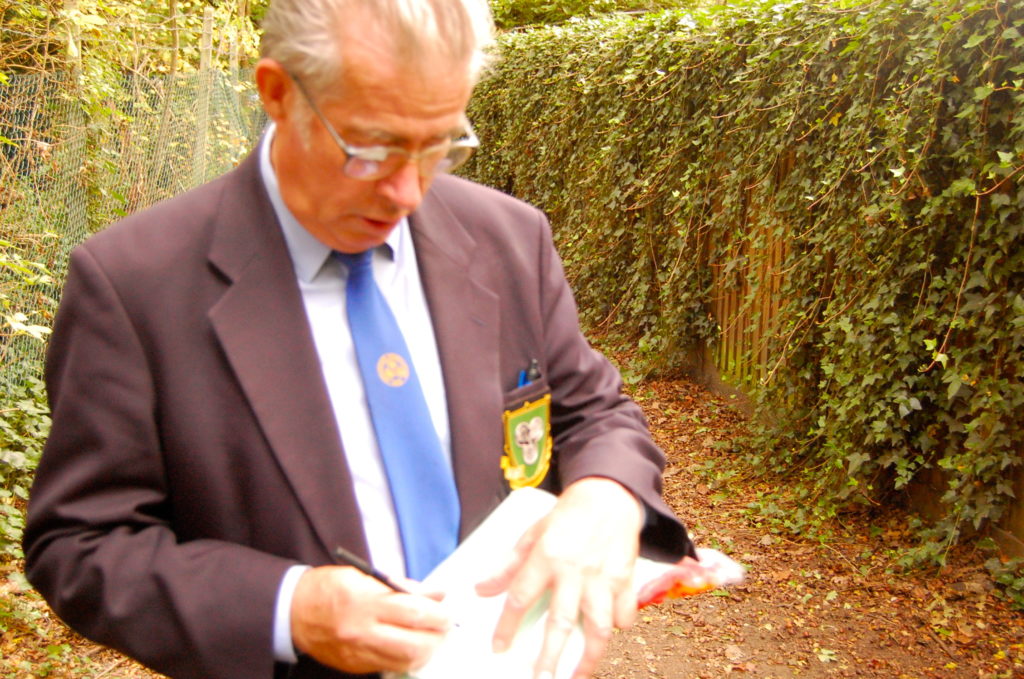
We walk over an area where the ground is raised, giving the appearance of some subtle seismic affair in the distant past. Jarvis explains that this was a line of earthworks built by the Saxons to mark their territory.
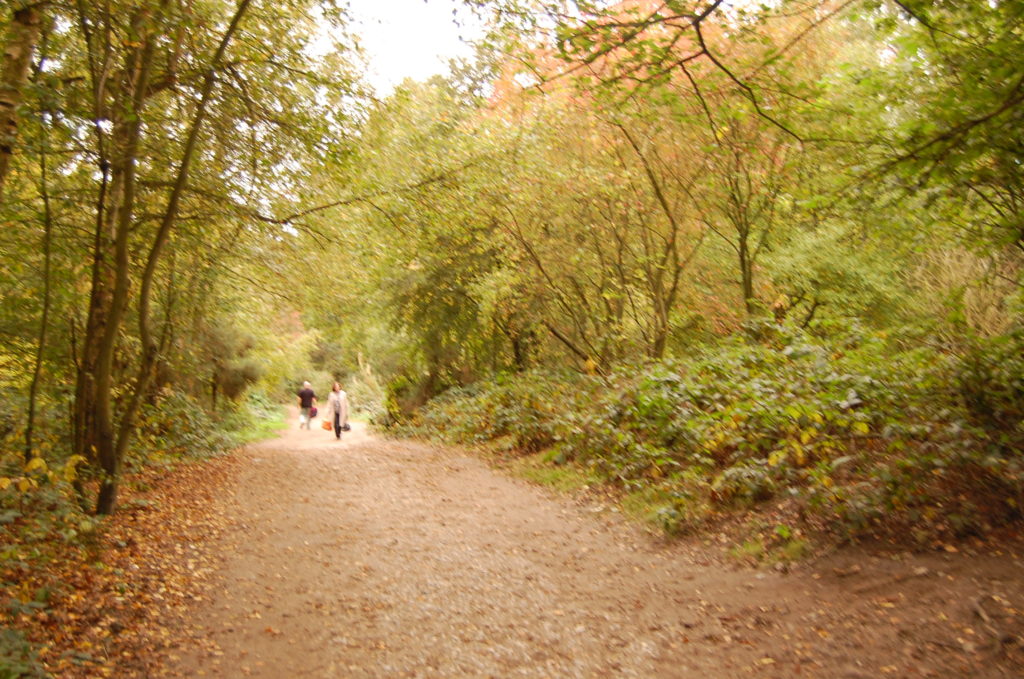
How many times an hour do we unknowingly cross lines and boundaries whose existence is owed to dramatic battles and events of the distant past? It’s one reason hiking is so much fun in England, the parks, streets, footpaths, have been touched, molded, and changed by the history of countless generations.
I show Jarvis Roger’s book. He laughs and says, “I just saw this book earlier today.”
He must be confused. The book is out of print. I hold it up for him: “You can’t mean this book, can you?”
He studies the cover. “Yes, that’s the one. I’ve seen it lots of times before.”
“I was going to send Mr. Ebert a letter about our walk.”
Jarvis nods with a sly smile. “That’s what the other people said they were going to do.”
“They were here earlier today?”
“Yes.”
I shake my head in surprise. “That’s hard to believe. On the same day, too.”
Jarvis shrugs. “Maybe he gets these letters all the time.”
So much for my original idea. I can only think of retreat and surrendering to a pint of bitter. “Can you show me to the Spaniard’s Inn?”
He puts me on a heading away from the heath. “This is an especially nice walk to the pub,” he explains. “You just follow this to the road, then the inn.”
I say goodbye to Jarvis, who is on his way to a geological meeting. I then attempt my most difficult act of the entire day—crossing Spaniard’s Road. Traffic is unrelenting and I give up and walk a block down so I can cross at a light.
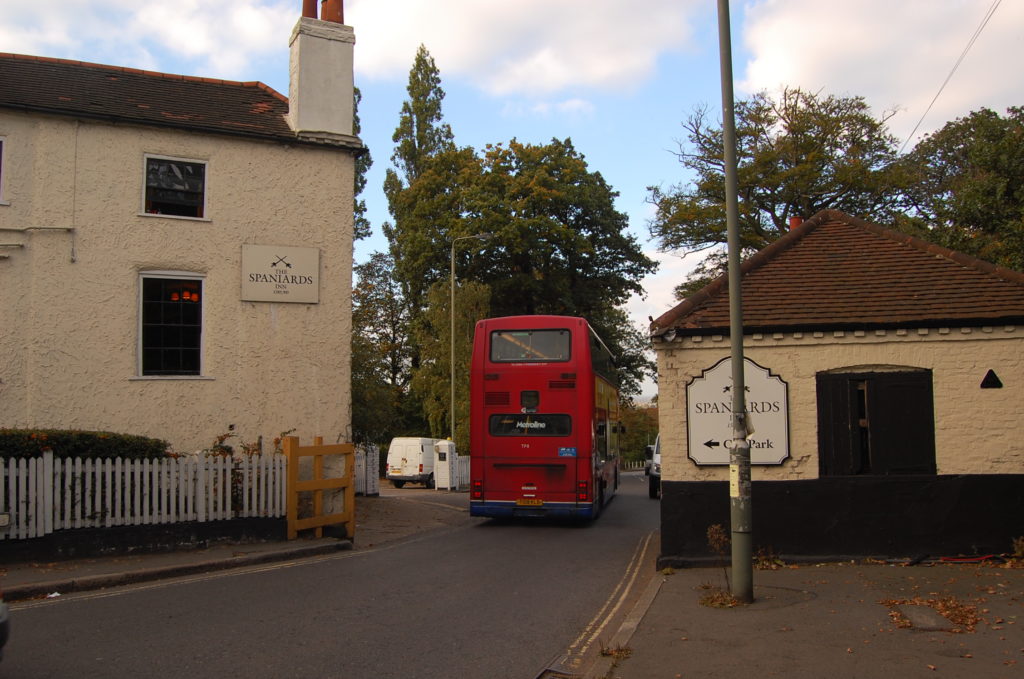
I’m happy to report that the Spaniard’s is doing quite well, thank you. The inn has taken to heart Roger’s warning about the evils of modernization—and while upgrading some elements such as the backyard tea garden—inside the building, they have done everything they can to maintain the tradition. The front room is unchanged from my visit twenty years before and I’d like to think unchanged from when Dick Turpin peered out the window and sized up his next mark, while he watched the horses and carriages laboriously pass by the tollhouse.
I’m tired and ready for a nap. Even though it’s reasonably early in the afternoon, the October light is already fading. Ambitious thoughts of completing the walk by a tour of Highgate cemetery fly away with the speed of Dick Turpin’s magical horse, Black Bess. October is a pleasant month to visit the heath, but with the diminished daylight, you have to pick your spots. Highgate will have to wait for another trip. Which is fine, because as Roger writes in his book, one can sample as much or as little of this walk as you want. Finishing my pint at the Spaniard’s, I take a bus back to Highgate, and the tube back to the West End.
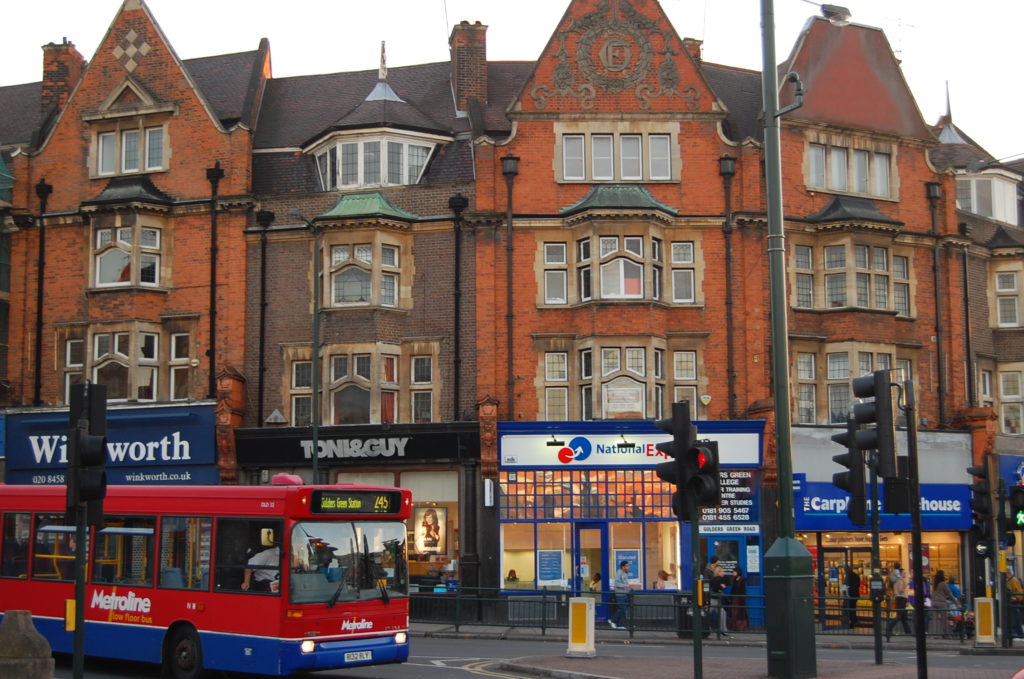 In my original letter, I finished the note by giving holiday greetings and hoped I would see them soon—I did in fact, meet Roger in Los Angeles, and then later at his annual Ebertfest in Champaign, Illinois, but could never sit down with a beer and talk about the Hampstead Heath.
In my original letter, I finished the note by giving holiday greetings and hoped I would see them soon—I did in fact, meet Roger in Los Angeles, and then later at his annual Ebertfest in Champaign, Illinois, but could never sit down with a beer and talk about the Hampstead Heath.
And that was fine. I have many memories of Roger, one of which is this ‘almost perfect London walk,’ and I know some part of him will be there for me every time I go back and walk it again.



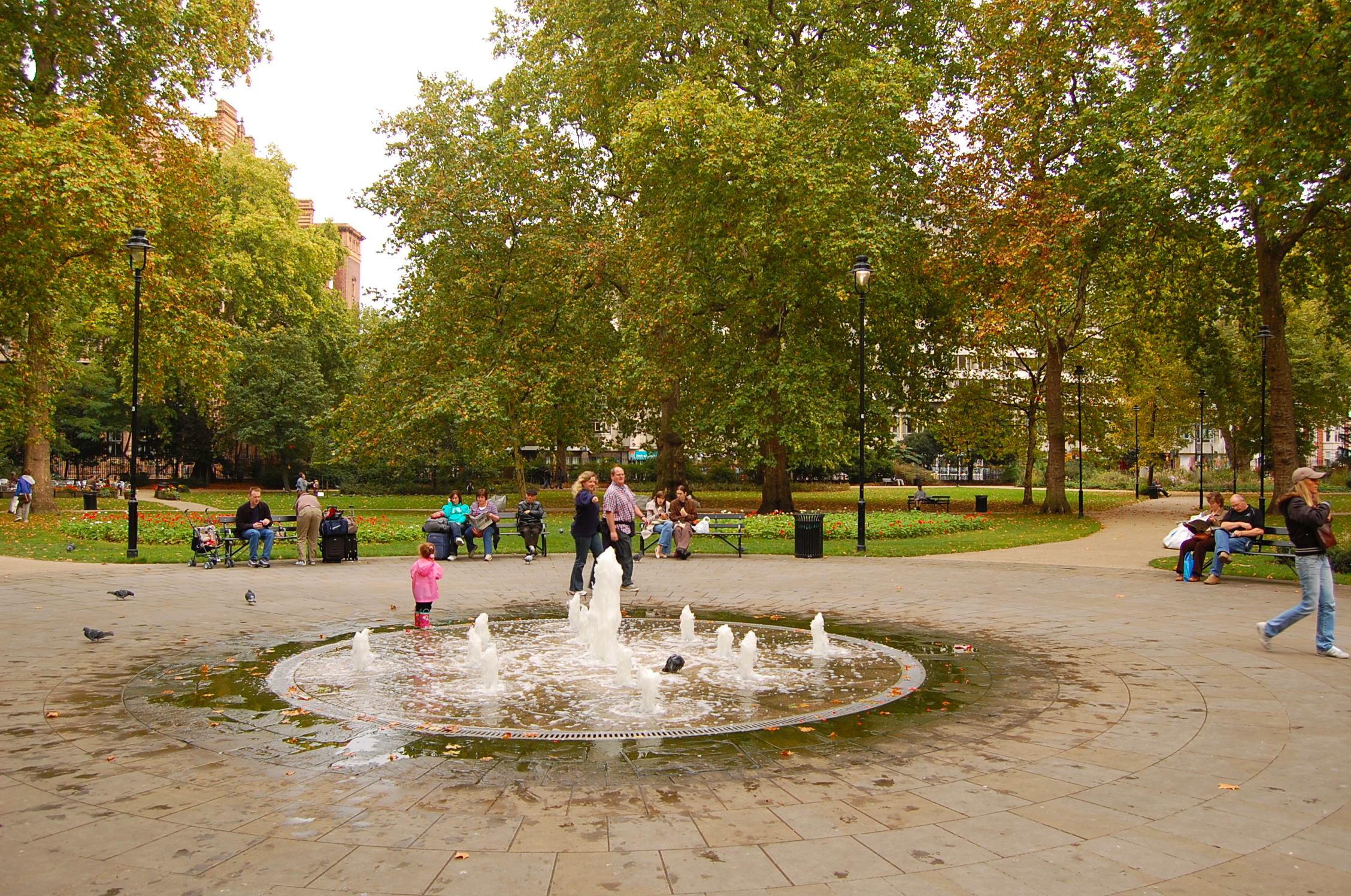
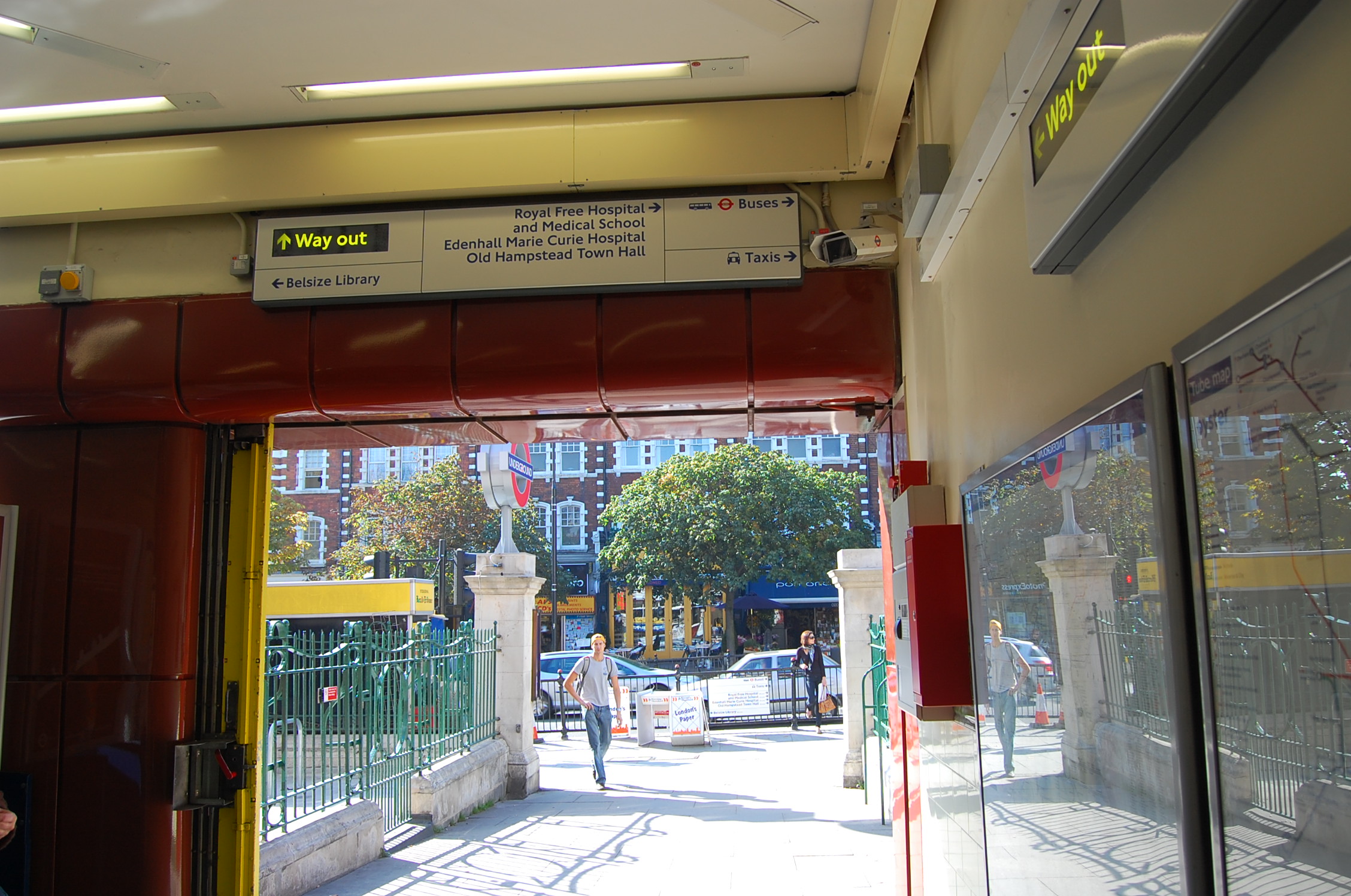
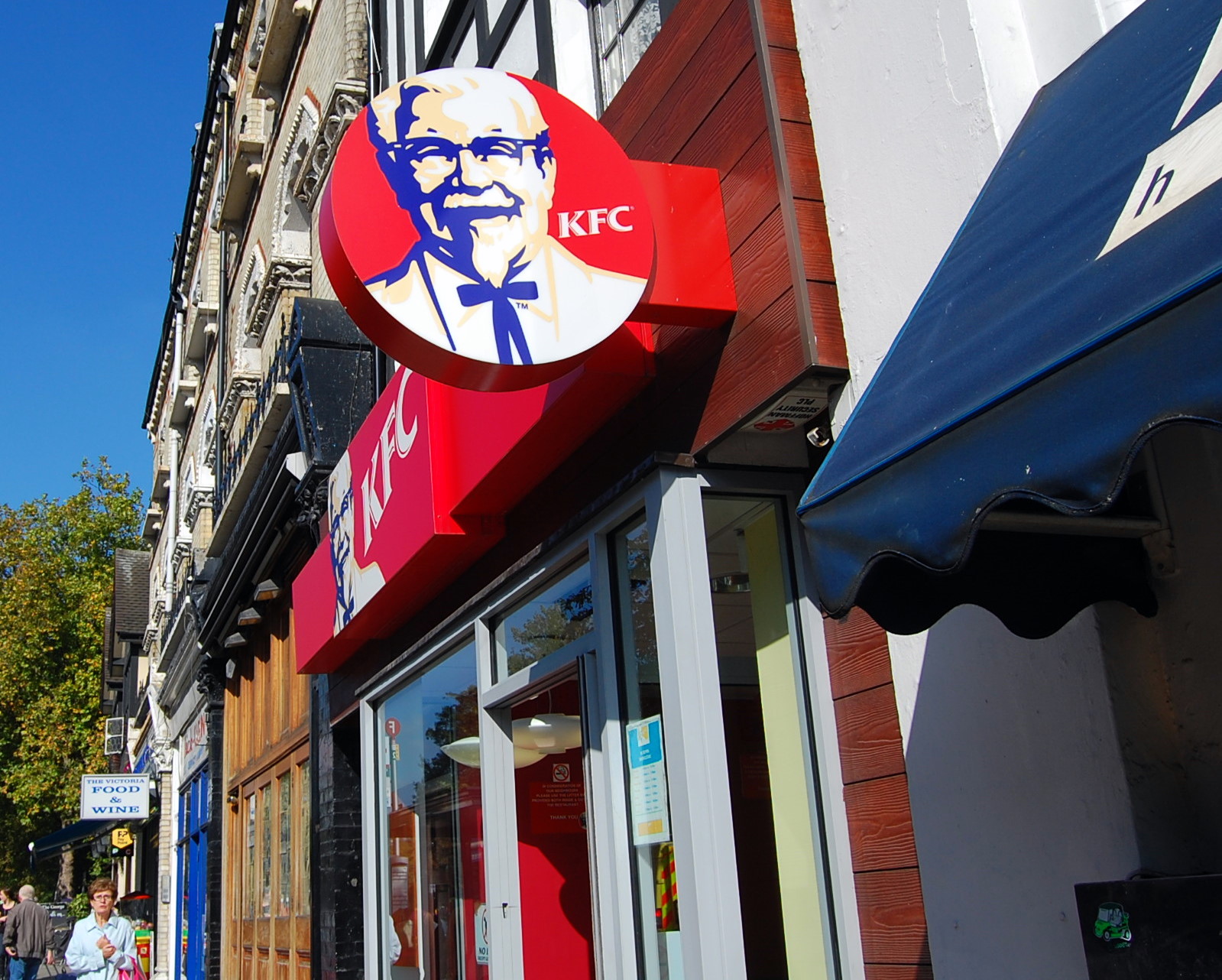
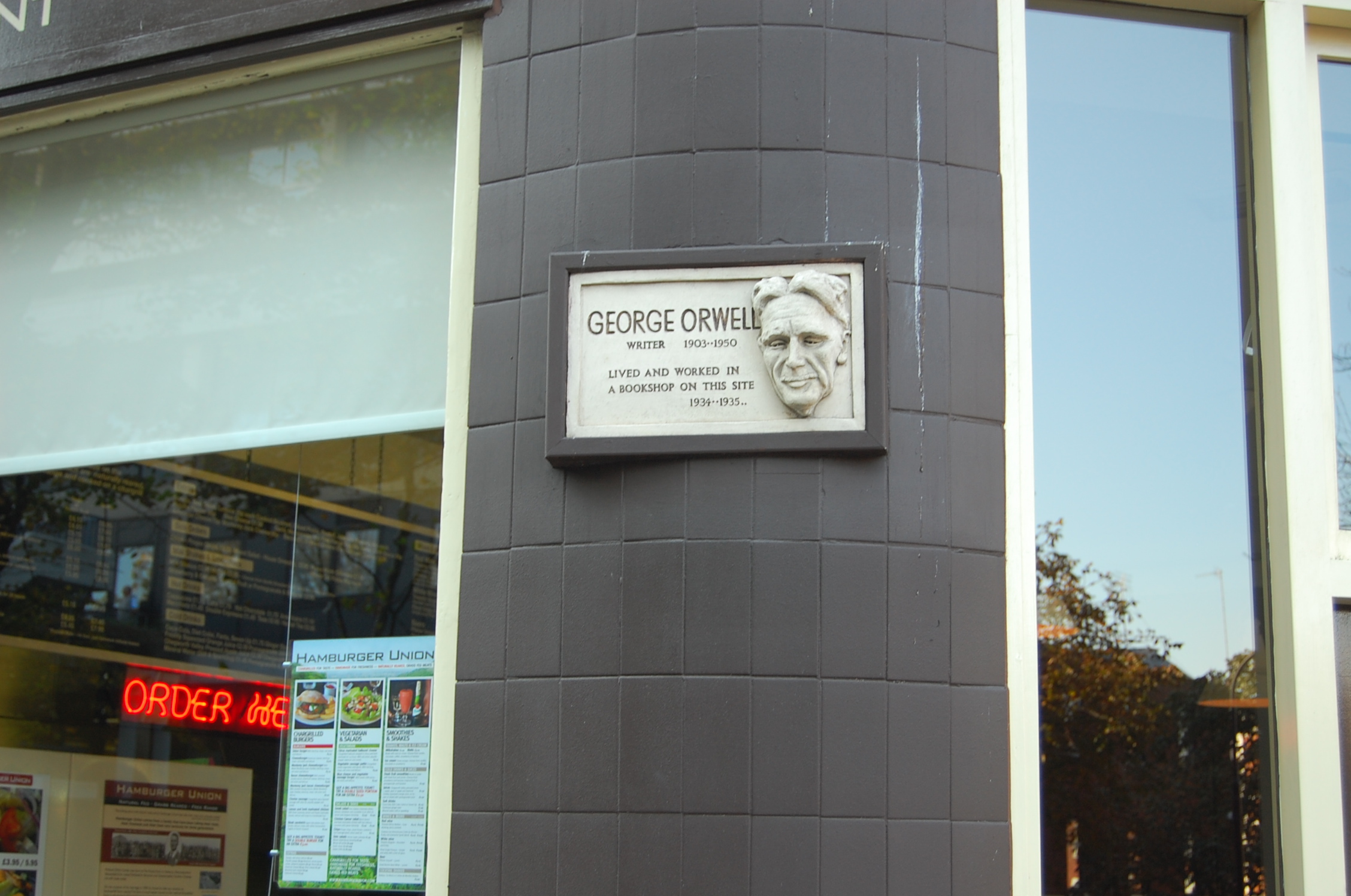
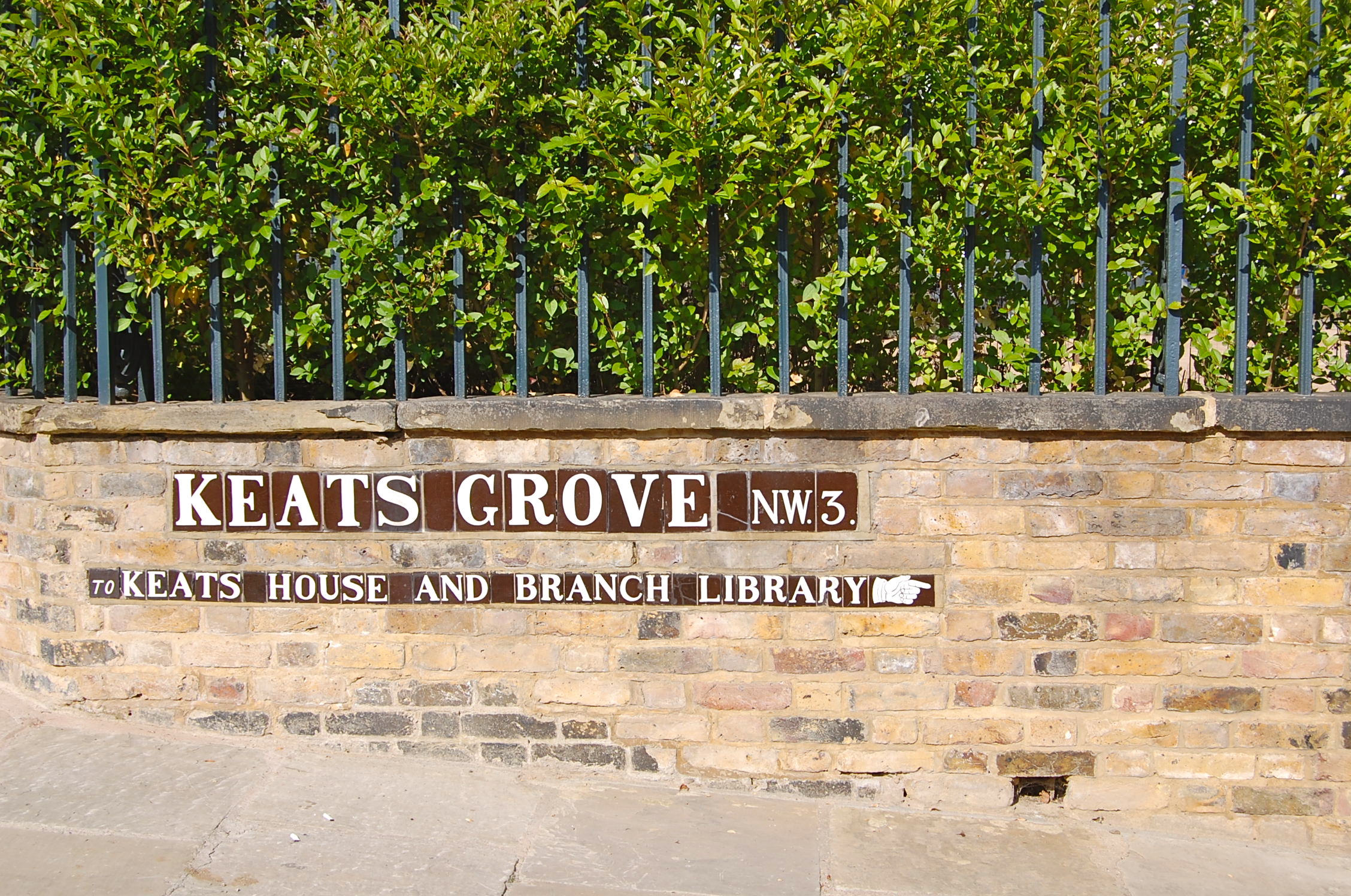

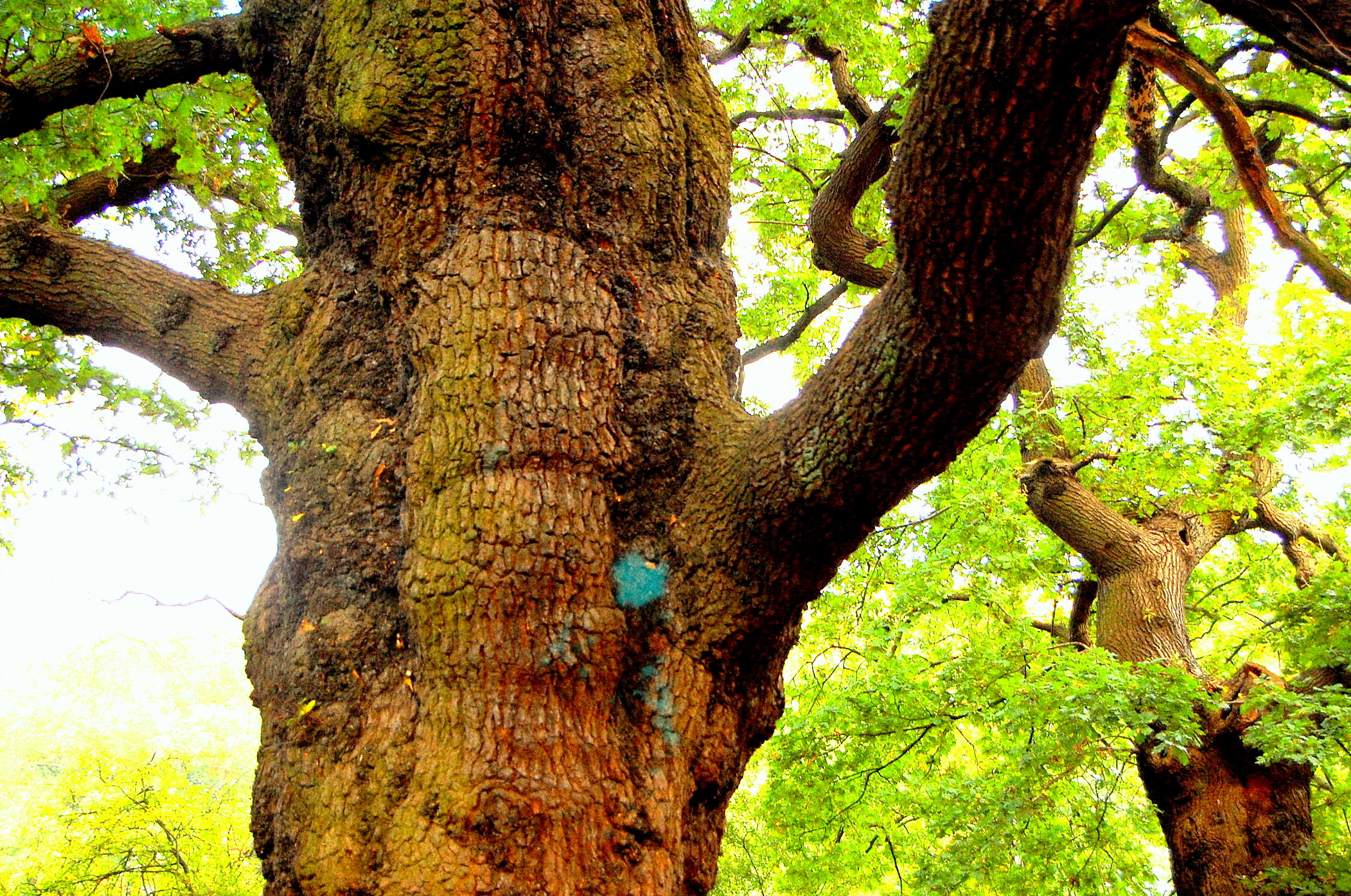
2 thoughts on “Roger and Me: An Almost Perfect London Walk”
How lovely, Lokke. I was just doing part of the walk in November, when I visited Keats’ house for the first time. And in October, I toured Highgate Cemetery (the closed side) for the first time in years–it was magical. What a fantastic piece, and the photos are wonderful. Thanks.
Thank you so much. Sorry it took so long to get back to you – I had done something to my website so wasn’t seeing any comments, until just now!